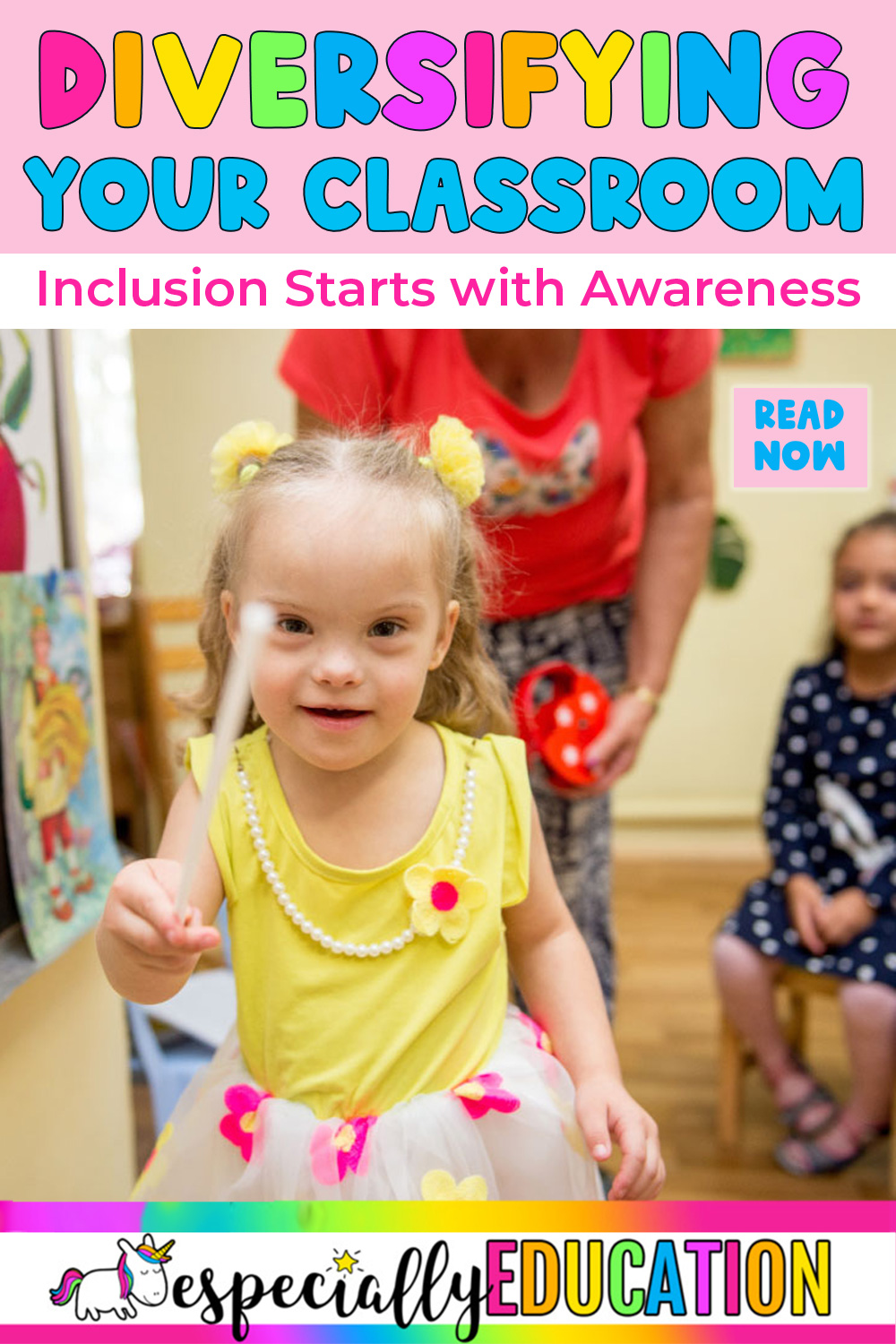
Being Honest With Myself
I’ve struggled with this blog post for weeks. I go in every few days to revise. But the edits never feel “just right.”
I’m not one to post about political subjects. I know I have followers on all ends of the political spectrum, and I want to be respectful to everyone.
The intention behind this blog post is not to shove politics down anyone’s throat. It is to bring awareness to cultural biases and how we, as educators, can do better.
And I genuinely believe we do want to do better. But where do we start? Here’s what I’ve discovered along the way.
1.) Listen: & I Mean, REALLY Listen.
Listen with an open mind without getting defensive.
If you don’t know me, I am a special education blogger. I follow other special educators on social media. I can relate to their experiences with student meltdowns and diaper changes.
However, in a field that is predominately white and female, I realized my newsfeed was lacking diversity. Don’t get me wrong. I LOVE following these special education teachers. But in addition, I started actively seeking out Instagram accounts led by teachers of color.
Doing so has changed my entire perspective on social justice and cultural bias. Writing this post is not easy. I don’t like admitting I am wrong or naive. Knowing these injustices are occurring, yet doing little to educate myself on ways to be better, is another subtle way that Privilege exists.
But my passiveness has gone on for too long. It’s time to do better.
2.) Represent -Because Representation Matters.
How are you representing people of color in your teaching? This article, Modifying Your Approach to Inclusion, on the University of Virginia’s website is an excellent start for teachers wanting to create a more inclusive classroom. There are lots of wonderful strategies.
Is your classroom library welcoming and inclusive? In Meredith Kimi Lewis’ article, Creating a Diverse Classroom Library, she suggests, starting where you are. “I began by making bins around the subjects I intended to cover. Make the bins you want to fill, even if they have only one book in them.” she said.
3.) Understand Privilege.
“As a white person, I realized I had been taught about racism as something that puts others at a disadvantage but had been taught not to see one of its corollary aspects, white privilege, which puts me at an advantage.” ~Peggy McIntosh “White Privilege: Unpacking the Invisible Knapsack“
Progress Over Perfection
Creating an inclusive classroom isn’t about perfection. It’s about progress. When we listen more closely, reflect more deeply, and represent more honestly, we begin to make space for every student’s story. The journey toward equity starts with a single step—and the willingness to keep walking.

Leave a Reply